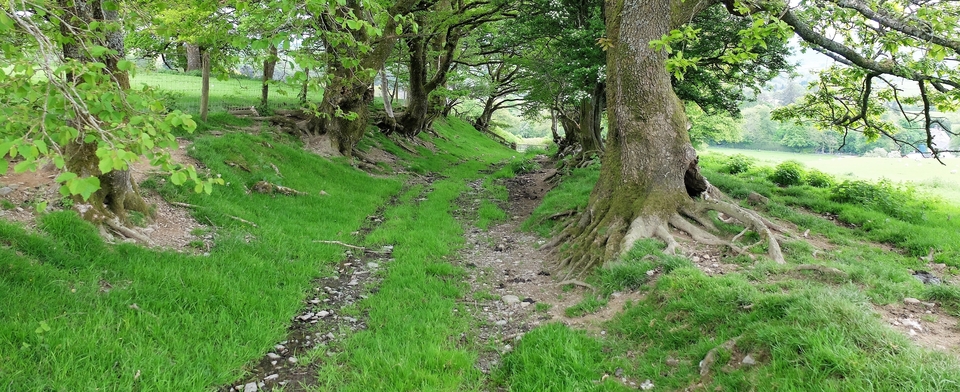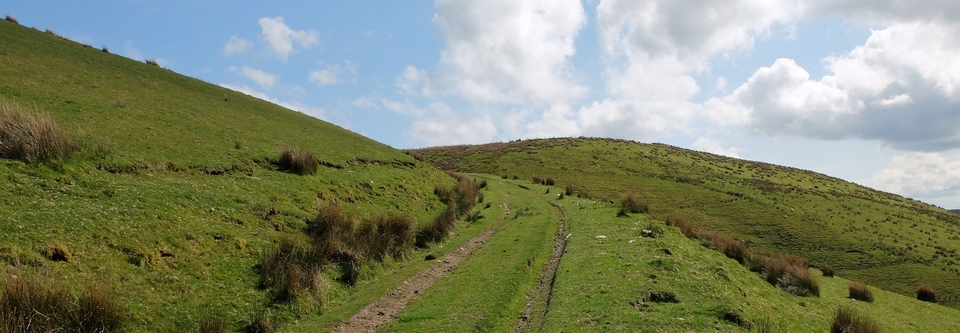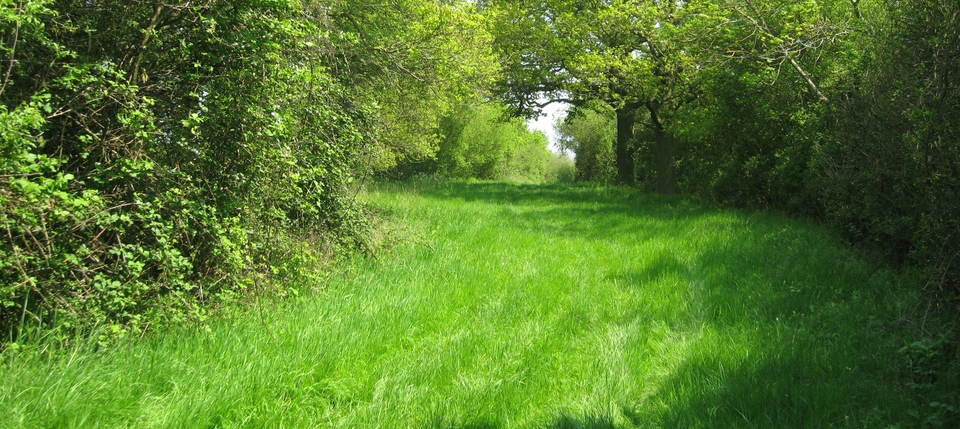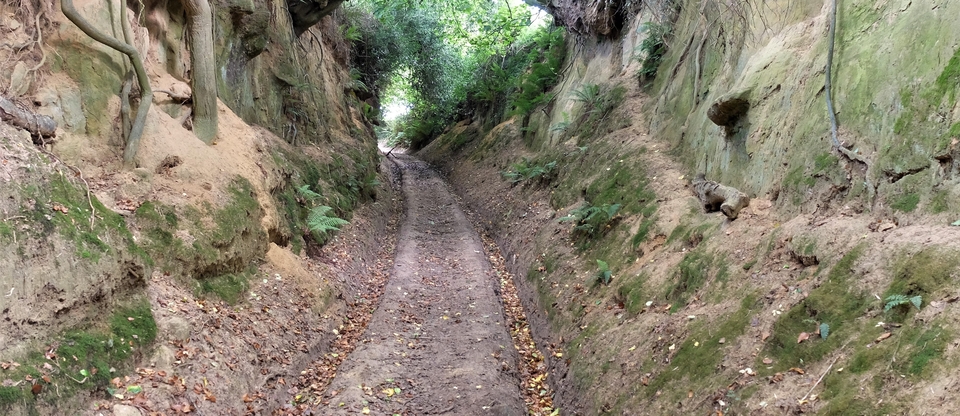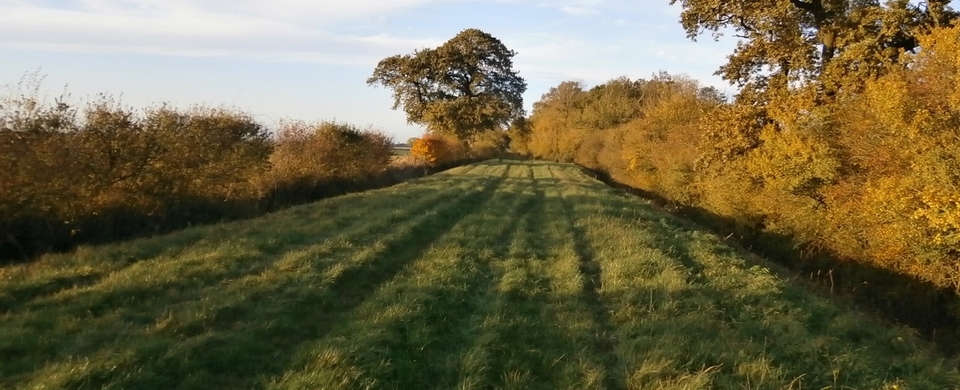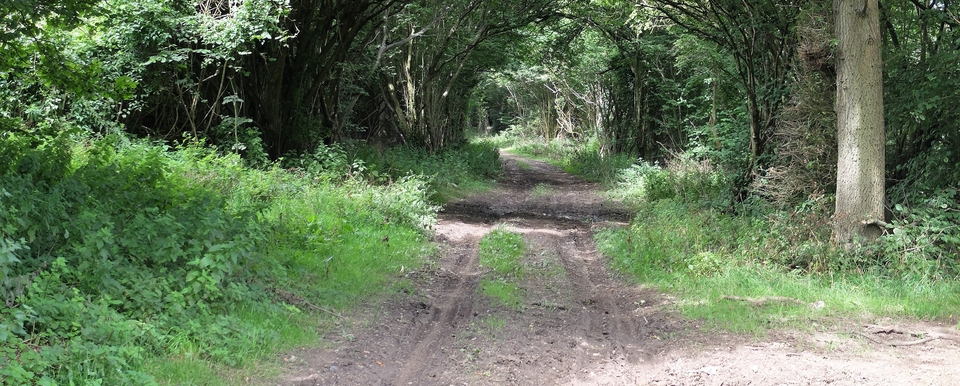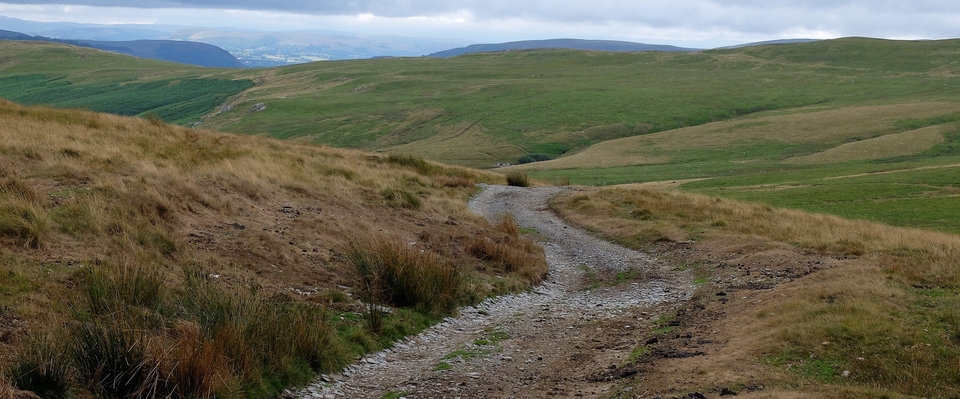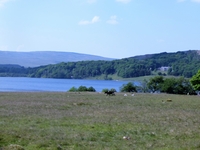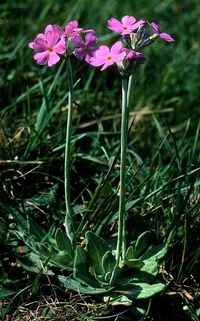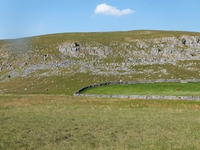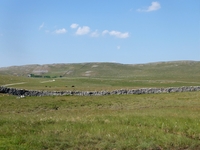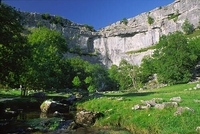Malham
So, off the next day at 3pm, after Chris had spent a fascinating morning – she said – watching the filming of “All Creatures Great & Small” in Grassington market square. Trouble is, the BBC (Bless ‘em) have such high production standards that if one tiny error is spotted then the whole scene has to be re-shot. I think they were there all week filming the same scene… And midsummer was supposed to be Christmas, so paper-snow was continuously being sifted on to the branches of the Christmas tree...
Malham Tarn, Malham Cove, Malham Lings, Malham Moor – so much to see around Malham that of course we couldn’t see it all. Even a Scar, though it’s labelled “Gordale Scar” instead.
We parked in sight of the Tarn (square SD 8966 – it’s huge), a relic of the ice age, apparently (#1). As the Yorkshire Dales website puts it:
“In leaky limestone country, surface water usually eventually finds its way underground. Malham Tarn is unusual because here the water doesn’t sink into the ground. During the Ice Age a glacier scraped away the rock right down to the ancient slate layer underneath the limestone. This slate is impermeable and so won’t let water through. The mouth of the Tarn was then sealed when the glacier melted and dropped banks of clay and gravel across it. Open water being so rare in the area, it became a magnet for herds of wild animals during the Stone Age and hunters from far and wide gathered to take advantage. Archaeologists have found the remains of their campsites and stone tools along the shoreline.”
Fascinating.
What fascinated Chris far more than Geology was the discovery of a Bird’s Eye Primrose (#2), only found in the North of England and Scotland, and a Bog Violet… and all this time I was taking pictures of the Great Close, where Malham Fair was held every autumn (#3,4). I was asked by a member of the audience at a talk I gave the other day, How did drovers prevent herds getting mixed up? Of course, the answer is dogs. Those wonderful creatures don’t need to read, write or calculate – they just use their noses to differentiate the herds. I mention this here because it would have been hard to separate herds in such a huge space and keep them separated without endless walls or trellises. But dogs don’t find it a problem. They're all nose, if you see what I mean.
Geoffrey N. Wright in his book 'Roads & Trackways of the Yorkshire Dales' writes that 100,000 cattle a year were driven from Scotland to England1. He quotes a Malham schoolmaster Thomas Hurtley, writing in 1786:
"...on The Great Close pasture (732 acres) you might frequently see 5,000 head of Scotch cattle at one time. As soon as these were a little freshened, notice was dispersed among the neighbouring markets and villages that a FAIR would be held in this field on a particular day... As soon as these Lots (often several hundred) were disposed of a fresh drove succeeded..."
Mr Hurtley goes on to say that 20,000 cattle in one summer was not abnormal.
The area north of Malham is so vast, wide and beautiful that, on a sunny day in June, words fail me. (However, I gather the wind is biting in December.) So I’ll leave you with a picture of another thing Malham is famous for, the cove (#5)
Peter Sellers once labelled Balham “The Gateway to the South”; Malham is definitely Gateway to the North.
1 Soon after 1800 steamships down the east coast made the transport quicker and cheaper.
